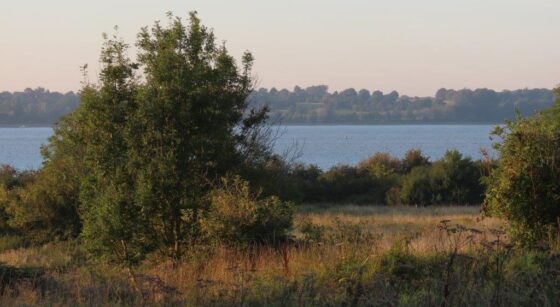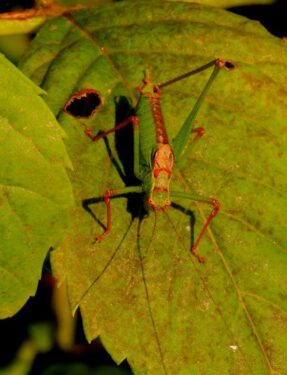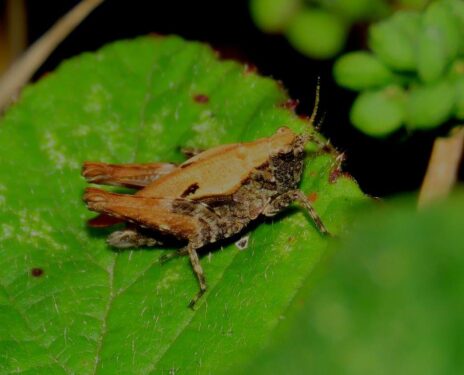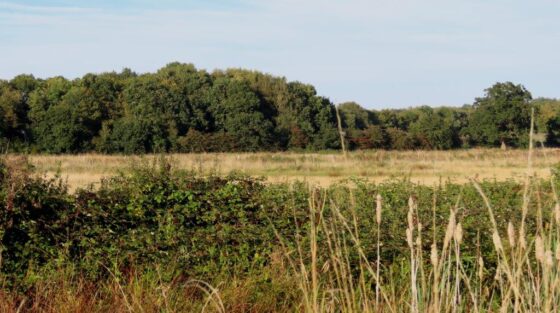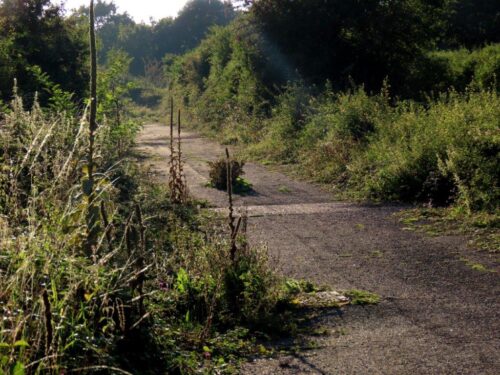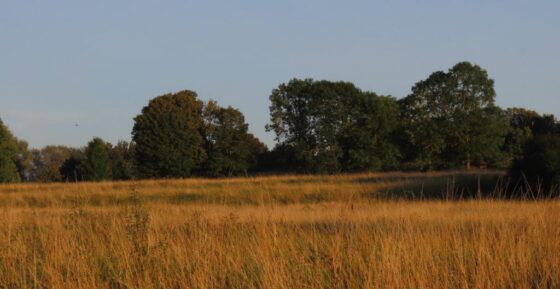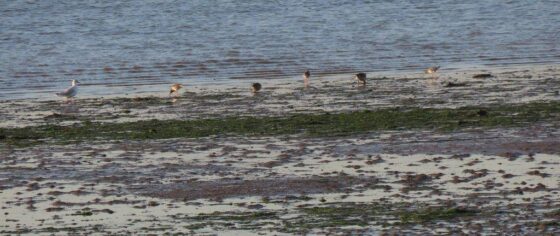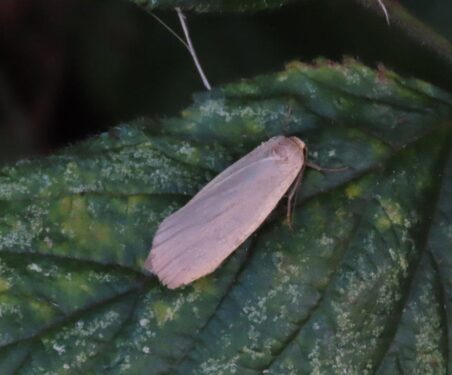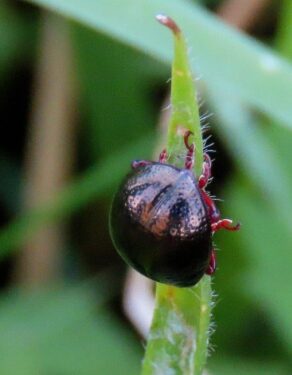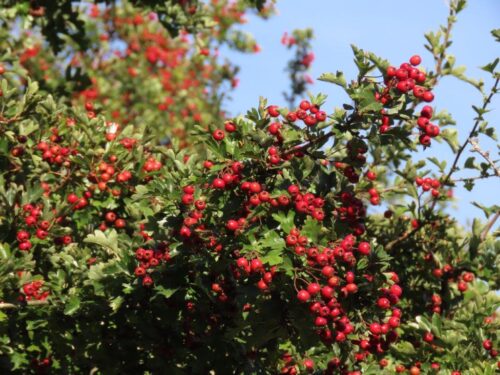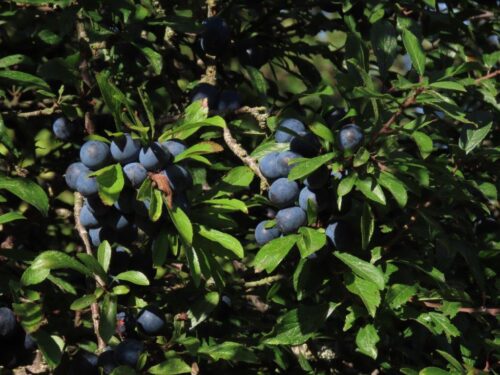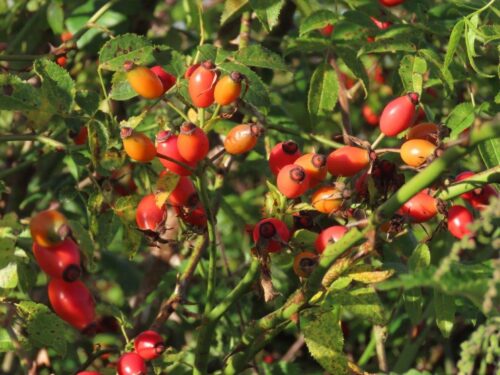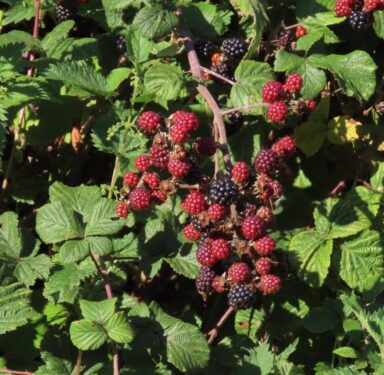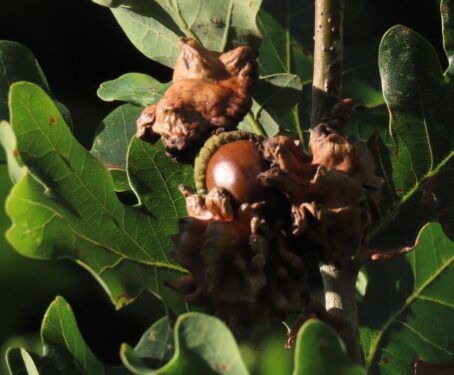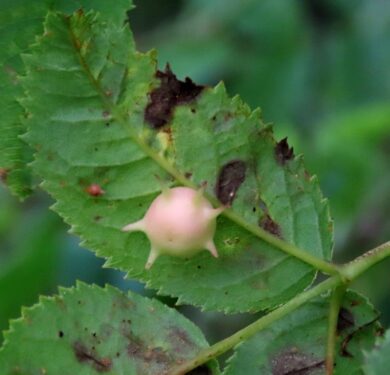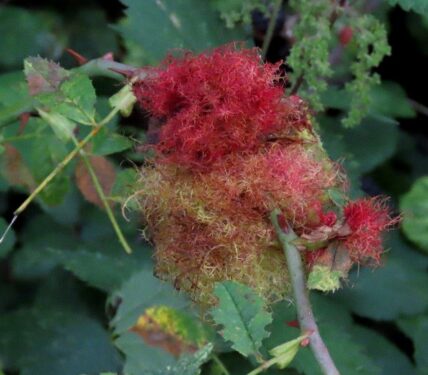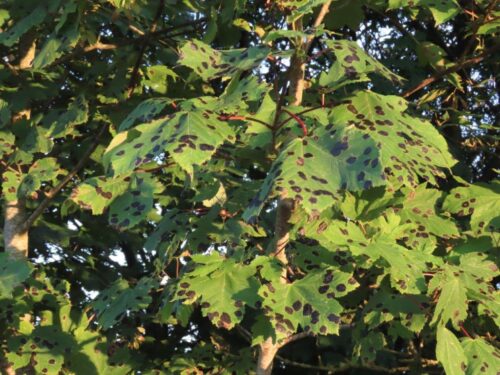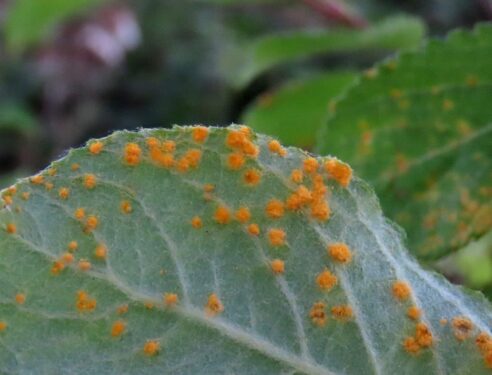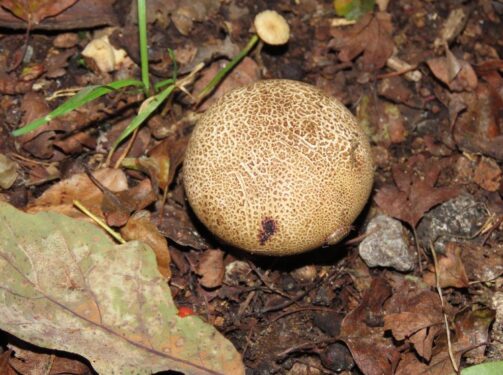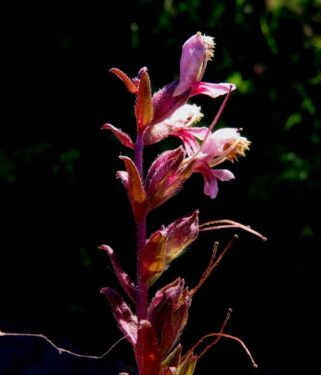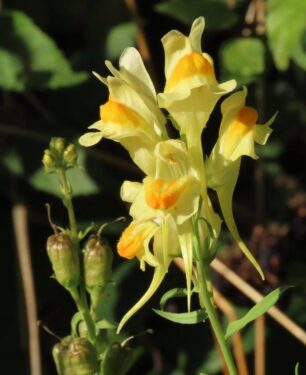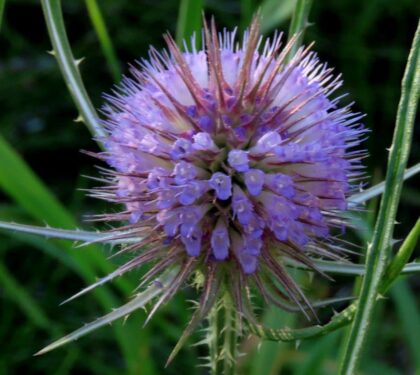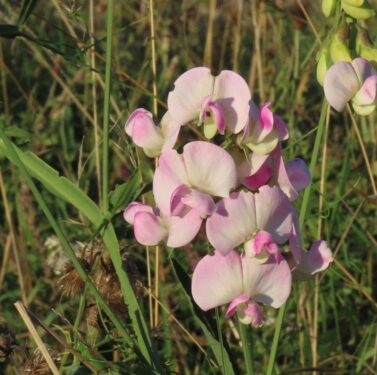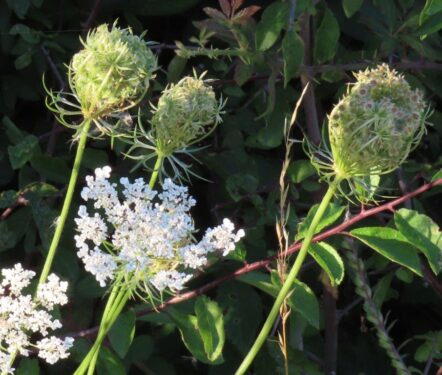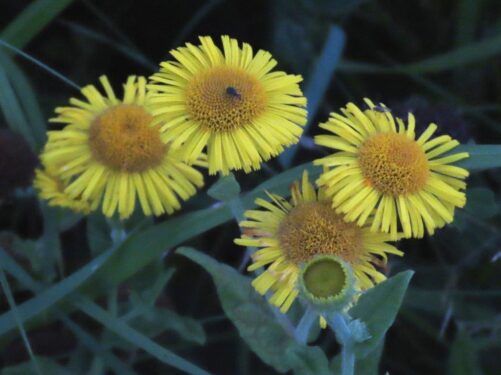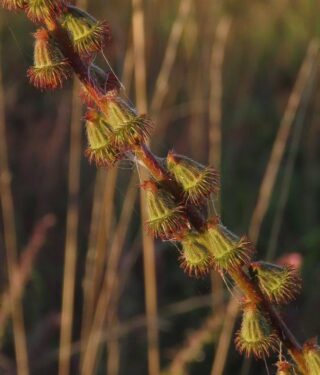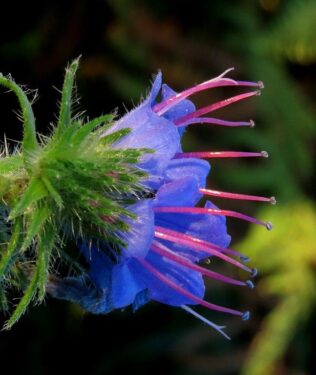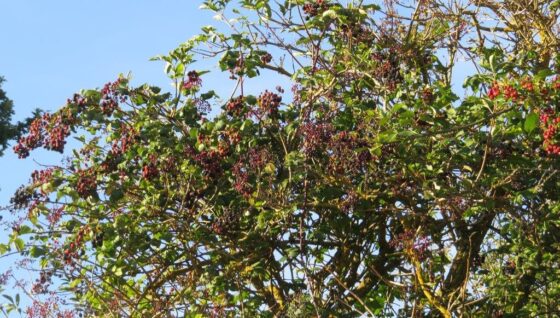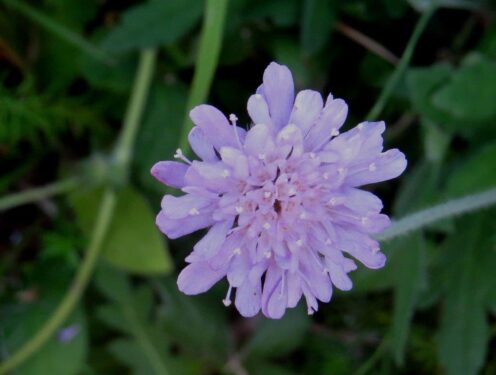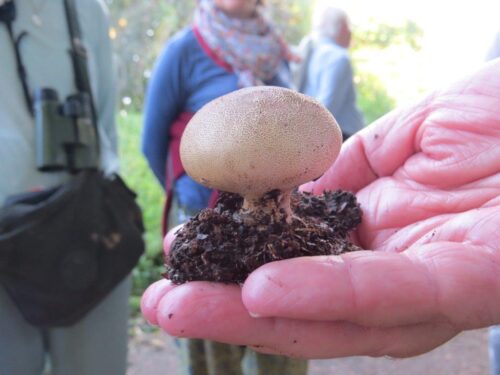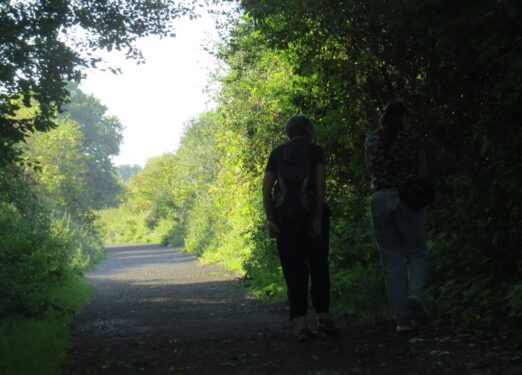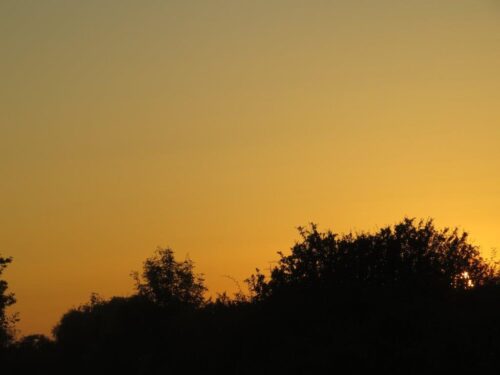‘Hunting High and Low’ – those elusive bush-crickets kept us searching during our lovely stroll, in beautiful evening sunshine, this week. We knew that the Wrabness Nature Reserve was a hot spot for the glorious Great Green Bush-cricket, but sadly none were seen in the flesh. Younger members of the group (and Tim Gardiner, Essex Recorder for Orthoptera – grasshoppers and bush-crickets – who we met very fortuitously) assured us they were there in number, singing away, but it came with rather a shock that most of us ‘oldies’ couldn’t hear them….a well-known phenomenon that as we age we lose the ability to hear certain high frequencies/pitches. Luckily Chris had his trusty bat detector with him which was able to pick up the songs, not only this species but also Dark and Roesel’s Bush-crickets and so we all managed to listen in, even if only by remote! And all is not quite lost – later in the evening, perhaps as it was cooling, the song of some individuals did pop into our consciousness…
We did manage to see a couple of members of this group of charismatic insects, the well-camouflaged Speckled Bush-cricket and the tiny, compact Common Groundhopper.
That aside, there was plenty to enjoy – Wrabness Nature Reserve, managed by Essex Wildlife Trust (who will receive a donation from us for this event), has had a chequered history. From its early days as a mine depot it has been subject to all manner of planning applications, including for a prison, but thankfully all were rejected and it is now in safe hands, for the enjoyment of all, and somewhere that is called home by millions of plants, invertebrates as well as birds and mammals.
Below is a selection of the delights we met on our travels. Birds were singing their evening songs, and we caught a fleeting glimpse of a Turtle Dove as it flew over a hedge, while down the estuary, the air was filled with the evocative liquid bubbing of Curlews, and Redshanks, Dunlins, Grey Plovers and Turnstones fed at the water’s edge.
Apart from Orthoptera, other insects we chanced upon included a Buff Footman moth and one of the largest leaf-beetles Chrysolina bankii:
Reflecting no doubt the rather damp midsummer period, berry-bearing bushes were laden with the bounties of autumn:
And not only fruits, but also galls (here, Knopper Galls on Oak, Sputnik Gall and Robin’s Pincushion on Rose) and microfungi (Sycamore Tar-spot and Willow Rust)….
… while as a foretaste of what may prove to be an excellent fungus season, we also found a troop of earthballs:
Which just leaves the flowers, of which there were many important sources of late-season nectar and pollen for our insects. As a brownfield site that has been allowed to naturally re-wild, the plants are a wonderful diverse, multicultural mix of species from all round the world, important native species like Red Bartsia and Common Toadflax intermixed with Broad-leaved Everlasting-pea and a host of others of garden origins.
Our guest Co-Leader Eleanor (when she wasn’t eating blackberries!) took on the role of Assistant Photographer, and here are some of her efforts…
As always many thanks to our interested group for taking part and hope to see you all again soon.
